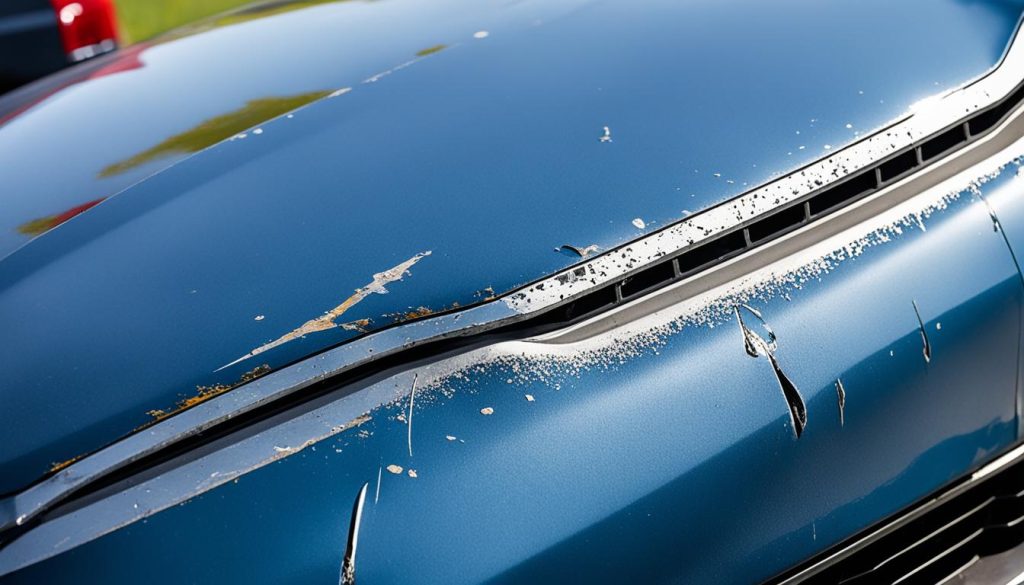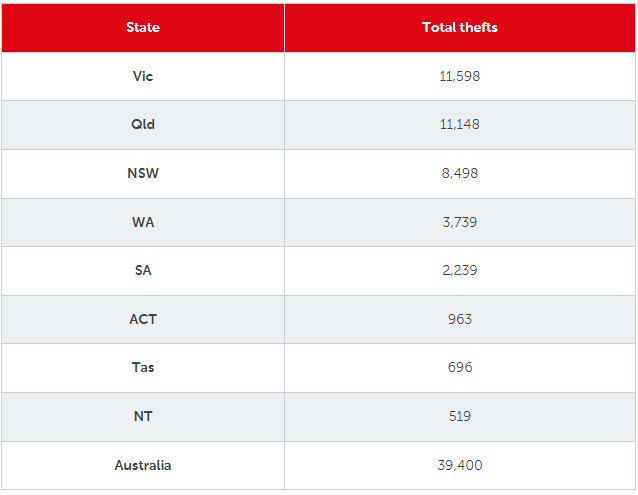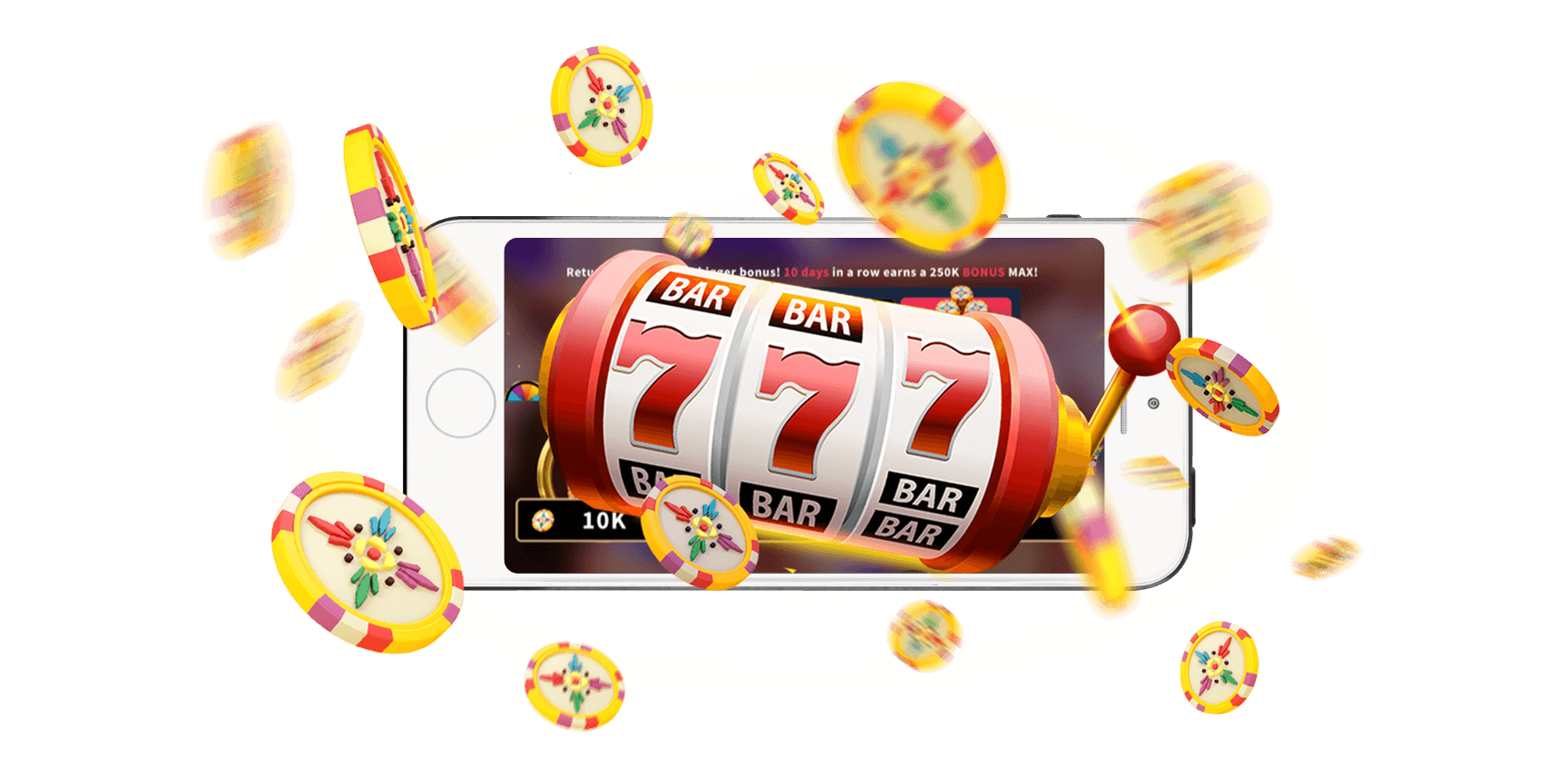If you’ve ever bent a paper clip or opened a soda can, you know that you have to push the metal beyond the point you want it to rest. This effect is called “springback,” essentially an internal memory that results from the metal’s inherent resistance to changing shape when force is applied. In fact, without this effect, metal springs wouldn’t be possible.
When forming metal – whether in sheet, bar, or tubing form – the ability to produce accurate parts depends on correctly calculating how much springback to factor into the bend. Some of the variables that will affect this factor include the type of metal, its thickness, bending radius, and the arc through which it will be bent. Compound bends, such as in stamping dies, can be even more complicated, taking into account the shrinking and stretching of multiple surfaces.

For bending sheetmetal on a simple bench brake, knowing how much springback to account for can save time and material versus the trial-and-error method. A simple formula to calculate springback factor (Sf) is bending angle (initial bend) divided by bent angle (final bend). To get this you’ll need to make two measurements using an angle gauge or protractor: the maximum angle you applied to make the bend (bending angle) and the angle of the bend once it’s at rest (bent angle). For instance, if you apply 66º of bend with the tool and end up with a 60º final bend, the springback will be 1.1.
Sf = 66/60 = 1.1
While references are available for specific materials and parameters, for small projects your best bet will be to bend a sample piece of the material you plan to use to your approximate dimensions, measuring the two angles and calculating the springback factor for your specific project. You can the calculate your required bending angle by multiplying this factor by the number of degrees your final bend needs to be. If you apply the same 1.1 factor above to a piece that needs to end up at 75º, you’ll need to apply 82.5º of bend to the metal.
Bending angle = 75º x 1.1 = 82.5º

Typical Springback Rates
Springback rates can vary depending on factors like the specific alloy, material thickness, and forming process. However, here are approximate springback rates for commonly used materials:
Steel: Typical springback rates for steel can range from 10% to 20% of the initial bend angle. High-strength steel and stainless steel will typically exhibit more springback than mild steel.
Aluminum: With a lower springback rate than steel, aluminum typically ranges from 5% to 15% of the initial bend angle. Aluminum alloys with higher stiffness may have higher springback.
Brass: Like aluminum, brass tends to exhibit less springback than steel with rates also typically in the 5% to 15% range.
RESOURCES IN THIS ARTICLE
#Factoring #Springback #Bending #Metal










